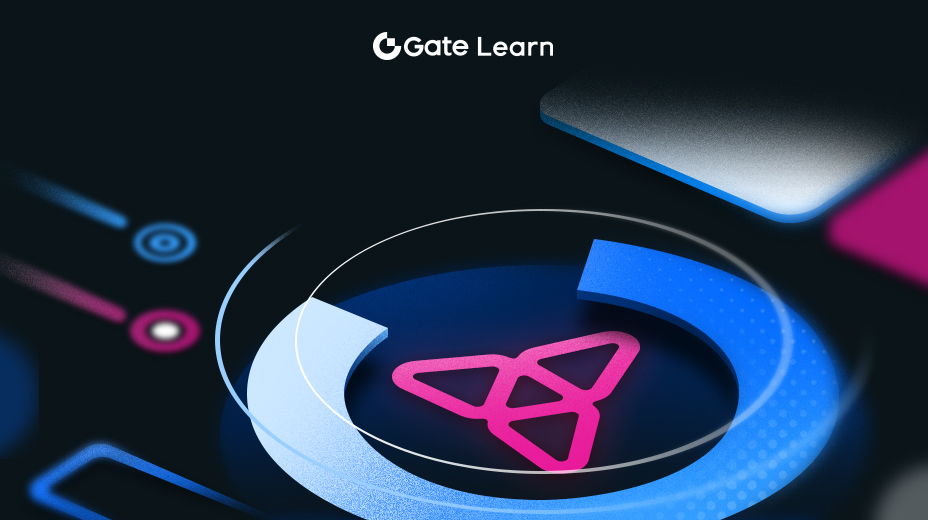Transaksi dan Biaya
Modul ini menjelajahi siklus hidup transaksi di blockchain Stacks, struktur biaya, dan bagaimana manajemen nonce dan urutan bekerja untuk memastikan pemrosesan transaksi yang efisien dan aman.
Siklus Transaksi
Transaksi di blockchain Stacks menjalani beberapa fase sebelum dikonfirmasi dan dimasukkan ke dalam blockchain. Memahami siklus hidup ini adalah langkah penting menuju pemahaman bagaimana transaksi diproses dan divalidasi di jaringan.
Transaksi awalnya dihasilkan sesuai dengan spesifikasi enkode transaksi Stacks. Ini termasuk menentukan jenis transaksi, jumlah STX yang ditransfer, dan alamat penerima. Setelah detail transaksi ditetapkan, transaksi ditandatangani menggunakan kunci pribadi pengirim. Tanda tangan ini memastikan keaslian dan integritas transaksi.
Setelah ditandatangani, transaksi disiarkan ke jaringan Stacks. Ini melibatkan pengiriman transaksi ke node Stacks, yang kemudian menyebarkannya ke node lain dalam jaringan. Setiap node mempertahankan mempool, area penyimpanan sementara untuk transaksi yang belum dikonfirmasi.
Node validasi transaksi untuk memastikan bahwa transaksi tersebut terbentuk dengan baik dan bahwa pengirim memiliki dana yang mencukupi. Transaksi yang divalidasi ditempatkan di mempool, menunggu disertakan dalam blok berikutnya. Mempool berperan sebagai antrian, di mana transaksi menunggu untuk diambil oleh para penambang.
Penambang memilih transaksi dari mempool untuk dimasukkan ke dalam blok berikutnya. Pemilihan didasarkan pada biaya transaksi, dengan transaksi biaya lebih tinggi diprioritaskan. Setelah seorang penambang memasukkan transaksi ke dalam blok, blok tersebut ditambahkan ke dalam blockchain, dan transaksi dianggap terkonfirmasi.
Transaksi mencapai finalitas setelah blok yang berisi transaksi tersebut diikatkan ke blockchain Bitcoin melalui mekanisme Proof of Transfer (PoX). Pengikatan ini memberikan keamanan dan ketidakubahannya Bitcoin ke blockchain Stacks, memastikan bahwa transaksi yang dikonfirmasi tidak dapat diubah.
Struktur Biaya
Struktur biaya dalam blockchain Stacks dirancang untuk memberikan insentif kepada penambang dan memastikan pemrosesan transaksi yang efisien. Biaya transaksi dihitung berdasarkan ukuran transaksi dalam byte dan tingkat biaya saat ini, yang merupakan variabel yang ditentukan oleh pasar.
- Perhitungan BiayaBiaya untuk suatu transaksi ditentukan dengan mengalikan ukuran transaksi dengan tingkat biaya. Tingkat biaya berfluktuasi berdasarkan permintaan jaringan dan dapat ditanyakan menggunakan API Stacks. Sebagai contoh, jika tingkat biaya adalah 1 mikro-STX per byte dan ukuran transaksi adalah 250 byte, maka total biaya akan menjadi 250 mikro-STX.
- Estimasi BiayaPengembang dapat menggunakan berbagai alat dan pustaka untuk memperkirakan biaya transaksi sebelum menyiarkan. Hal ini memastikan bahwa transaksi memiliki biaya yang sesuai untuk disertakan dalam blok berikutnya. Memperkirakan biaya terlalu rendah mungkin mengakibatkan keterlambatan, karena penambang memprioritaskan transaksi dengan biaya lebih tinggi.
- Insentif Ekonomi: Struktur biaya memberikan insentif ekonomi bagi para penambang untuk menyertakan transaksi dalam blok mereka. Biaya yang lebih tinggi membuat lebih mungkin bagi sebuah transaksi untuk diproses dengan cepat, menguntungkan baik pengirim maupun penambang.
Manajemen Nonce dan Urutan
Nonce adalah nomor unik yang hanya digunakan sekali yang diberikan kepada setiap transaksi untuk memastikan urutan yang tepat dan mencegah pengeluaran ganda. Setiap akun di blockchain Stacks memiliki nonce yang dimulai dari nol dan bertambah dengan setiap transaksi.
Ketika transaksi dibuat, transaksi diberi nonce saat ini dari akun pengirim. Nonce memastikan bahwa transaksi diproses dalam urutan yang benar. Jika transaksi disiarkan dengan nonce yang salah, akan ditolak oleh jaringan. Manajemen nonce yang efektif membantu memastikan bahwa transaksi diproses secara efisien. Pengembang dan pengguna harus melacak nonce dari akun mereka untuk menghindari konflik. Alat dan API tersedia untuk menanyakan nonce saat ini dari sebuah akun, membantu pengguna menetapkan nonce yang benar untuk transaksi baru.
Blockchain Stacks memungkinkan sejumlah terbatas transaksi yang dilakukan di luar urutan dalam mempool. Namun, transaksi harus akhirnya diproses dalam urutan yang benar. Ini berarti bahwa jika transaksi dengan nonce 2 diterima sebelum nonce 1, transaksi tersebut akan tetap berada di mempool sampai transaksi dengan nonce 1 diproses.
Highlights
- Siklus Transaksi: Transaksi dihasilkan, ditandatangani, dan disiarkan ke jaringan, di mana mereka divalidasi dan disertakan dalam mempool. Para penambang kemudian memilih transaksi berdasarkan biaya untuk dimasukkan ke dalam blok baru. Transaksi mencapai finalitas begitu blok yang berisi mereka diikat ke Bitcoin.
- Struktur Biaya: Biaya transaksi pada blockchain Stacks dihitung berdasarkan ukuran transaksi dan tingkat biaya saat ini. Biaya yang lebih tinggi meningkatkan kemungkinan transaksi diproses dengan cepat. Biaya mendorong para penambang untuk menyertakan transaksi dalam blok mereka.
- Manajemen Nonce dan Urutan: Setiap transaksi memiliki nonce unik untuk memastikan urutan yang tepat dan mencegah pengeluaran ganda. Manajemen nonce yang efektif membantu menjaga urutan transaksi dan efisiensi. Jaringan memungkinkan transaksi di luar urutan yang terbatas dalam mempool, tetapi akhirnya harus diproses secara berurutan.
- Keamanan dan Integritas: Dengan mengaitkan transaksi ke Bitcoin, Stacks memastikan keamanan tinggi dan ketahanan. Mekanisme PoX lebih meningkatkan keamanan dengan meminta para penambang untuk berkomitmen pada BTC, menyelaraskan insentif mereka dengan integritas jaringan.
- Insentif Ekonomi: Struktur biaya dan manajemen nonce menciptakan sistem yang ekonomis efisien yang memberi imbalan kepada para penambang dan memastikan pemrosesan transaksi yang lancar. Model ini mendukung skalabilitas dan kehandalan jaringan.





